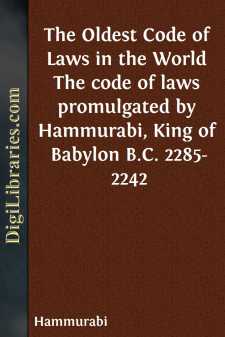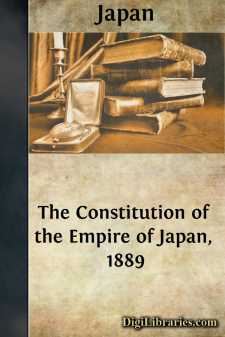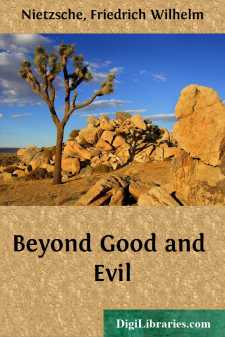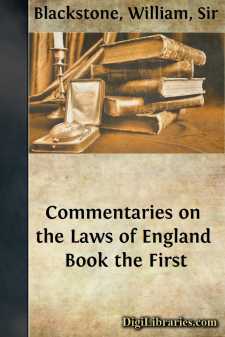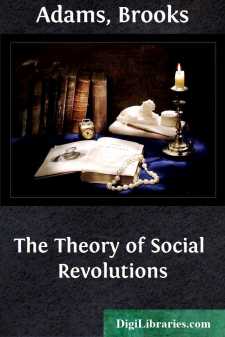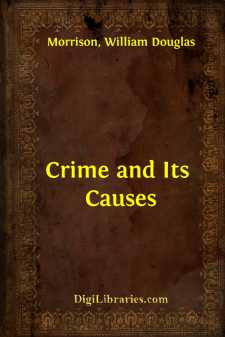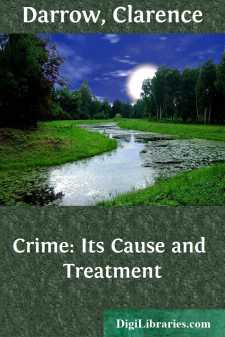Categories
- Antiques & Collectibles 13
- Architecture 36
- Art 48
- Bibles 22
- Biography & Autobiography 813
- Body, Mind & Spirit 142
- Business & Economics 28
- Children's Books 16
- Children's Fiction 13
- Computers 4
- Cooking 94
- Crafts & Hobbies 4
- Drama 346
- Education 46
- Family & Relationships 57
- Fiction 11829
- Games 19
- Gardening 17
- Health & Fitness 34
- History 1377
- House & Home 1
- Humor 147
- Juvenile Fiction 1873
- Juvenile Nonfiction 202
- Language Arts & Disciplines 88
- Law 16
- Literary Collections 686
- Literary Criticism 179
- Mathematics 13
- Medical 41
- Music 40
- Nature 179
- Non-Classifiable 1768
- Performing Arts 7
- Periodicals 1453
- Philosophy 64
- Photography 2
- Poetry 896
- Political Science 203
- Psychology 42
- Reference 154
- Religion 513
- Science 126
- Self-Help 84
- Social Science 81
- Sports & Recreation 34
- Study Aids 3
- Technology & Engineering 59
- Transportation 23
- Travel 463
- True Crime 29
The Oldest Code of Laws in the World The code of laws promulgated by Hammurabi, King of Babylon B.C. 2285-2242
by: Hammurabi
Categories:
Description:
Excerpt
INTRODUCTION
The Code of Hammurabi is one of the most important monuments in the history of the human race. Containing as it does the laws which were enacted by a king of Babylonia in the third millennium B.C., whose rule extended over the whole of Mesopotamia from the mouths of the rivers Tigris and Euphrates to the Mediterranean coast, we must regard it with interest. But when we reflect that the ancient Hebrew tradition ascribed the migration of Abraham from Ur of the Chaldees to this very period, and clearly means to represent their tribe father as triumphing over this very same Hammurabi (Amraphel, Gen. xiv. 1), we can hardly doubt that these very laws were part of that tradition. At any rate, they must have served to mould and fix the ideas of right throughout that great empire, and so form the state of society in Canaan when, five hundred years later, the Hebrews began to dominate that region.
Such was the effect produced on the minds of succeeding generations by this superb codification of the judicial decisions of past ages, which had come to be regarded as ‘the right,’ that two thousand years and more later it was made a text-book for study in the schools of Babylonia, being divided for that purpose into some twelve chapters, and entitled, after the Semitic custom, Nînu ilu sirum, from its opening words. In Assyria also, in the seventh century b.c., it was studied in a different edition, apparently under the name of ‘The Judgments of Righteousness which Hammurabi, the great king, set up.’ These facts point to it as certain to affect Jewish views before and after the Exile, in a way that we may expect to find as fundamental as the Babylonian influence in cosmology or religion.
For many years fragments have been known, have been studied, and from internal evidence ascribed to the period of the first dynasty of Babylon, even called by the name Code Hammurabi. It is just cause for pride that Assyriology, so young a science as only this year to have celebrated the centenary of its birth, is able to emulate astronomy and predict the discovery of such bright stars as this. But while we certainly should have directed our telescopes to Babylonia for the rising of this light from the East, it was really in Elam, at Susa, the old Persepolis, that the find was made. The Elamites were the great rivals of Babylonia for centuries, and it seems likely that some Elamite conqueror carried off the stone from a temple at Sippara, in Babylonia.
However that may be, we owe it to the French Government, who have been carrying on explorations at Susa for years under the superintendence of M. J. de Morgan, that a monument, only disinterred in January, has been copied, transcribed, translated, and published, in a superb quarto volume, by October. The ancient text is reproduced by photogravure in a way that enables a student to verify word by word what the able editor, Father V. Scheil, Professeur à l’École des Hautes-Études, has given as his reading of the archaic signs. The volume, which appears as Tome IV., Textes Élamites-Sémitiques, of the Mémoires de la Délégation en Perse (Paris, Leroux, 1902), is naturally rather expensive for the ordinary reader. Besides, the rendering of the eminent French savant, while distinguished by that clear, neat phrasing which is so charming a feature of all his work, is often rather a paraphrase than a translation. The ordinary reader who desires to estimate for himself the importance of the new monument will be forced to wonder how and why the same word in the original gets such different renderings. Prolonged study will be needed to bring out fully the whole meaning of many passages, and it may conduce to such a result to present the public with an alternative rendering in an English dress. Needless to say, scholars will continue to use Scheil’s edition as the ultimate source, but for comparative purposes a literal translation may be welcome as an introduction....


